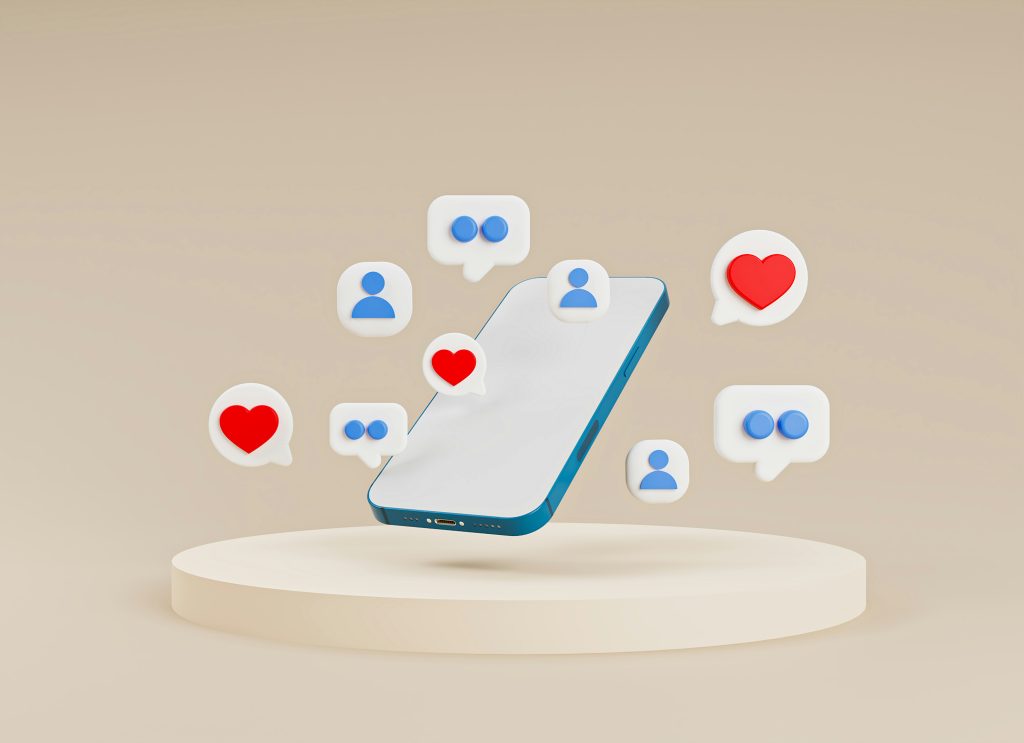The ROI of Great UX/UI: Why Investing in Design Pays Dividends
In today’s digital-first economy, user experience (UX) and user interface (UI) design have become critical differentiators for business success. The best UX/UI design agencies consistently demonstrate that strategic investment in design doesn’t just improve aesthetics—it drives measurable business outcomes and provides a significant return on investment (ROI). This comprehensive analysis explores the tangible benefits of UX/UI investment and provides a framework for implementation.
Understanding the Business Impact of UX/UI Investment

Direct Financial Returns
Modern businesses are discovering that UX/UI investment delivers substantial financial returns across multiple dimensions. According to recent studies by Forrester Research, every dollar invested in UX/UI can yield returns ranging from $2 to $100, depending on the specific context and implementation. This dramatic range in ROI stems from various factors, including business model, industry sector, and implementation quality.
User experience improvements directly impact several key business metrics:
Conversion Rate Optimization:
Well-designed user experiences significantly boost conversion rates. Research indicates that optimized UX/UI can increase conversion rates by 200-400%. For perspective, consider an e-commerce platform generating $1 million in annual revenue with a 2% conversion rate. Improving that rate to 4% through enhanced UX could double annual revenue to $2 million without increasing traffic.
Customer Acquisition Cost (CAC) Reduction:
Superior UX/UI design naturally reduces customer acquisition costs by improving organic discovery and increasing referral rates. Companies implementing comprehensive UX improvements report 15-25% reductions in CAC within the first year post-implementation.
Operational Efficiency
Beyond direct revenue impacts, UX/UI investments yield significant operational benefits:
Development Cost Reduction:
The 1:10:100 rule in UX design demonstrates that every dollar invested in UX during the design phase saves $10 in development and $100 in post-launch maintenance. This exponential cost saving occurs because identifying and fixing issues during the design phase is substantially cheaper than addressing them after development or deployment.
Support Cost Optimization:
Organizations implementing comprehensive UX improvements report:
- 25-30% reduction in support ticket volume
- 5-20% decrease in average handling time
- 35-40% improvement in first-contact resolution rates
Measuring UX/UI ROI: Key Performance Indicators

User Engagement Metrics
Sophisticated analytics reveal how UX/UI improvements affect user behavior:
Quality UX/UI design typically results in:
- 20-30% increase in average session duration
- 25-35% improvement in pages per session
- 15-25% reduction in bounce rates
User Flow Efficiency:
Advanced UX/UI implementations optimize user journeys, leading to:
- 30-40% reduction in task completion time
- 25-35% decrease in user error rates
- 40-50% improvement in navigation efficiency
Business Performance Indicators
Core business metrics show substantial improvement following UX/UI optimization:
Revenue Metrics:
- Cart abandonment rates decrease by 25-35%
- Average order value increases by 15-25%
- Repeat purchase rates improve by 20-30%
Customer Lifetime Value:
- Customer retention rates increase by 15-25%
- Cross-sell success rates improve by 20-30%
- Brand advocacy metrics rise by 30-40%
Implementation Strategy: A Comprehensive Approach
Leading best UX/UI design agencies follow a structured implementation approach that maximizes return on investment while minimizing risks. Here’s a detailed breakdown of each phase and its critical components:
Phase 1: Initial Assessment (2-3 weeks)
The initial assessment phase lays the groundwork for successful UX/UI implementation. During this crucial period, we conduct extensive research and analysis to understand both user needs and business objectives.
User Research encompasses several key activities:
- In-depth interviews with current and potential users to understand their needs, pain points, and expectations
- Analytics review of existing platforms to identify user behavior patterns and drop-off points
- Creation of detailed user personas based on demographic and behavioral data
- Journey mapping to understand how users interact with your current digital products
Competitor Analysis involves:
- Systematic evaluation of direct and indirect competitors’ digital presence
- Identification of industry best practices and common pain points
- Gap analysis to find market opportunities
- Benchmark setting for key performance metrics
Current State Evaluation includes:
- Technical infrastructure assessment to identify limitations and opportunities
- Content audit to evaluate existing digital assets
- Performance metrics analysis, including page load times and mobile responsiveness
- Accessibility compliance checking against WCAG guidelines
Phase 2: Design Sprint (4-6 weeks)
The design sprint phase transforms insights into actionable solutions through rapid iteration and validation. As recognized by the best UX/UI design agencies, this phase is critical for reducing risk and ensuring design decisions are based on real user feedback.
Prototype Development consists of:
- Creation of low-fidelity wireframes to establish basic layout and functionality
- Development of interactive prototypes using tools like Figma or Adobe XD
- Implementation of design system fundamentals, including typography, color schemes, and component libraries
- Responsive design testing across multiple devices and screen sizes
User Testing involves:
- Moderated usability testing sessions with target user groups
- Unmoderated remote testing to gather quantitative data
- A/B testing of different design solutions
- Eye-tracking studies for critical user interfaces
Iteration Based on Feedback includes:
- Analysis of user testing data to identify pain points and opportunities
- Rapid refinement of design solutions based on user feedback
- Stakeholder reviews and alignment sessions
- Performance optimization of design elements
Phase 3: Implementation (8-12 weeks)

The implementation phase transforms approved designs into functional digital products. This phase requires careful coordination between design and development teams to ensure the final product maintains design integrity while meeting technical requirements.
Development encompasses:
- Frontend development using modern frameworks like React or Vue.js
- Backend integration ensures seamless data flow
- Implementation of analytics tracking
- Performance optimization for fast load times
- Accessibility feature implementation
- Cross-browser compatibility testing
Quality Assurance includes:
- Comprehensive testing across devices and platforms
- User acceptance testing with the target audience
- Performance testing under various conditions
- Security audit and vulnerability testing
- Accessibility compliance verification
Performance Optimization focuses on:
- Core Web Vitals optimization
- Image and asset optimization
- Caching strategy implementation
- Server response time optimization
- Mobile performance enhancement
Phase 4: Post-Launch (Ongoing)
The post-launch phase is critical for ensuring continued success and ROI maximization. The best UX/UI design agencies emphasize the importance of continuous improvement based on real-world usage data.
User Behavior Tracking involves:
- Implementation of comprehensive analytics tracking
- Heat mapping and session recording analysis
- User feedback collection through surveys and interviews
- Conversion funnel analysis
- Drop-off point identification
Continuous Optimization includes:
- Regular performance audits and improvements
- A/B testing of new features and design updates
- Content optimization based on user behavior
- Mobile experience enhancement
- Loading time optimization
ROI Measurement focuses on:
- Tracking key performance indicators (KPIs)
- Conversion rate monitoring
- User satisfaction measurement
- Cost per acquisition analysis
- Customer lifetime value tracking
Conclusion
UX/UI design investment represents one of the most reliable paths to digital business success. The data consistently shows that organizations working with the best UX/UI design agencies and implementing comprehensive UX/UI strategies achieve superior business results and sustainable competitive advantages.
The key for businesses considering UX/UI investment is to approach it as a strategic initiative rather than a purely aesthetic exercise. By following a structured implementation framework and maintaining a focus on measurable outcomes, organizations can achieve significant returns on their UX/UI investments while building stronger, more sustainable digital businesses.
